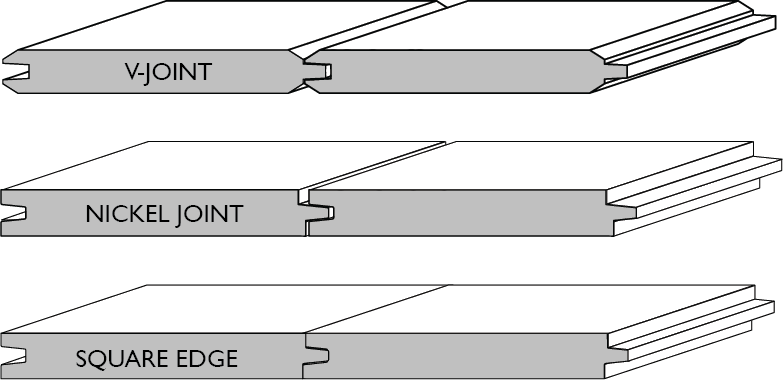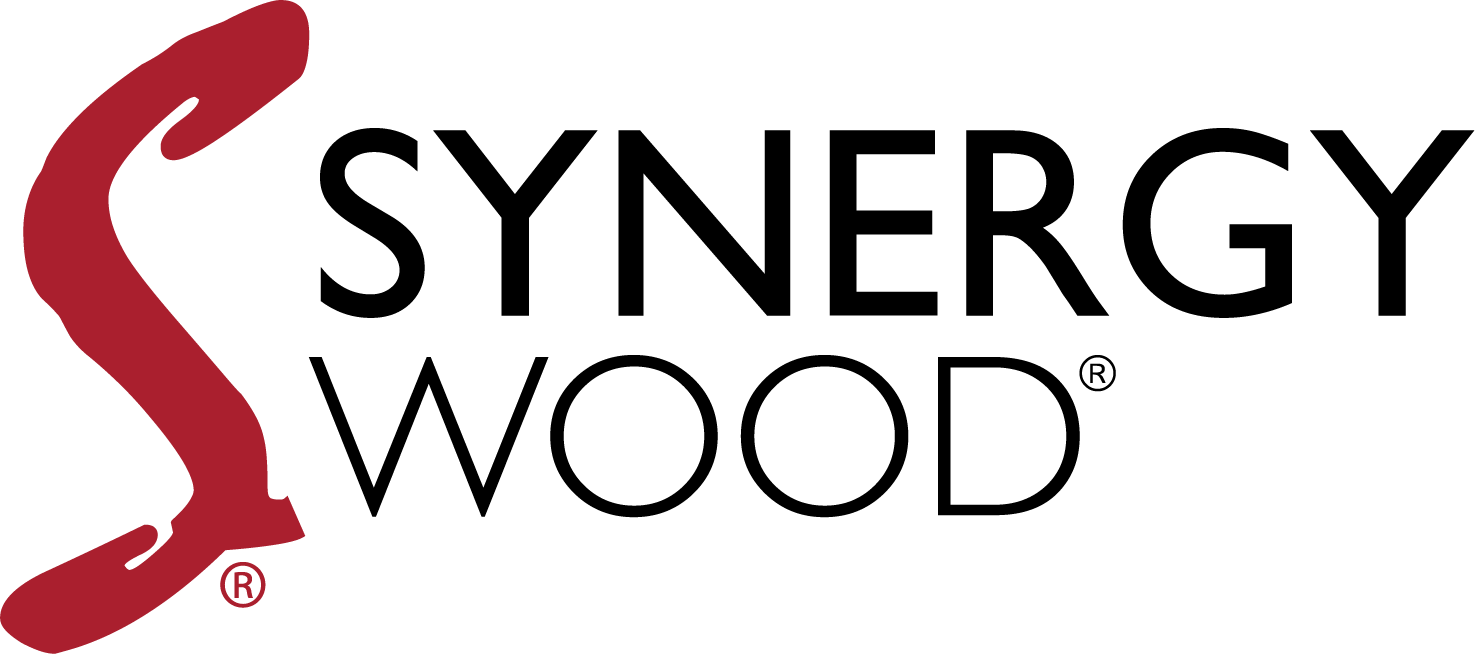Understanding Tongue & Groove (T&G) and the Importance of End-Matching
When it comes to adding a natural, warm aesthetic to your home, whether on the ceiling or the walls, wood is an exceptional choice. However, to ensure a smooth, secure, and lasting installation, it’s important to understand some key woodworking concepts: Tongue & Groove (T&G) and end matching.
End Matching allows the boards to connect together not just lengthwise, but also end to end. This creates a tighter mechanical bond between the boards and allows for easier installation with less nails or glue. You can overlap the board ends beyond the framing rather than cutting and ending specifically on the stud. This helps randomize the pattern while creating a longer lasting installation – without the sag or bowing of an unmatched end.
End matching also can significantly speed up the installation. Synergy Wood boards come in end matched, t&g joint patterns. We offer two types of joint patterns. V-Joint and Nickel Joint.
For more information on T&G, End Matching or joint patterns, click here.
What is Tongue & Groove (T&G)?
Most wood ceiling or wall applications utilize a design known as Tongue & Groove, commonly abbreviated as T&G. But what exactly does this mean?
In simple terms, T&G is a method of fitting similar objects together, edge to edge. Each wooden board is machined with a protruding tongue on one side and a corresponding groove on the opposite side. When installed, the tongue of one board fits snugly into the groove of the next, creating a seamless, interlocking connection.
T&G offers several advantages:
- Ease of Installation: The T&G system makes installation more straightforward, as the boards naturally align with one another, reducing the chances of mistakes during the process.
- Secure Fit: The interlocking nature of T&G ensures that each board is held securely in place, preventing any gaps from forming between them.
- Smooth Appearance: Since the boards fit together so tightly, T&G helps create a smooth, uniform surface that looks visually appealing.
The Role of End Matching in Wood Installation
While T&G is a fantastic system on its own, Synergy Wood takes it a step further by incorporating a technique called end matching. This feature, often overlooked, plays a crucial role in enhancing both the aesthetics and durability of wood installations.
What is End Matching?
End matching involves adding a T&G groove not just along the edges of the boards but also at their ends. This allows the boards to connect together not only lengthwise but also end to end, creating a tighter and more secure bond between them.
Why is End-Matching Important?
End-matching brings several benefits that make it a superior choice for wood installations:
- Tighter Mechanical Bond: The additional interlocking at the ends of the boards creates a stronger, more cohesive structure. This reduces the likelihood of the boards shifting over time, which can lead to unsightly gaps or uneven surfaces.
- Easier Installation: With end matching, there’s no need to meticulously plan where each board will end. You can overlap the board ends beyond the framing rather than cutting them to end specifically on a stud. This flexibility speeds up the installation process, requiring fewer nails or glue to hold the boards in place.
- Enhanced Aesthetics: Because you can stagger the ends of the boards more freely, end-matching allows for a more randomized, natural pattern, rather than a predictable, repetitive layout. This adds to the visual appeal of the finished project.
- Longer-Lasting Installation: By reducing the chances of sagging or bowing, end-matching helps to ensure that your installation remains in top condition for longer, even in areas subject to movement or settling over time.

Synergy Wood’s End-Matched T&G wood Boards
At Synergy Wood, we understand the importance of both form and function. That’s why our wood boards are not only crafted with T&G edges but are also end-matched to provide the highest level of performance and beauty.
We offer two distinct joint patterns to cater to different aesthetic preferences:
V-Joint: Known for its classic, elegant appearance, the V-Joint pattern features a beveled edge that creates a subtle V shape where the boards meet.
Nickel Joint: This pattern offers a slightly more contemporary look, with a narrow gap that resembles the width of a nickel, creating clean, defined lines.
Understanding the concepts of Tongue & Groove and end-matching is essential for anyone considering wood installations in their home. These techniques not only make the installation process easier and more efficient but also contribute to a more durable and visually appealing result. By choosing end-matched T&G boards from Synergy Wood, you can ensure that your project will stand the test of time, both in terms of structural integrity and timeless beauty.

